Designing the Cosmos: Solar System-Inspired Design Elements
Planetary Hues That Communicate
Mars’ iron-rich reds imply courage, urgency, and frontier energy, while Neptune’s deep blues whisper trust, depth, and calm exploration. Venus adds pearly warmth that suggests hospitality and luxury. Share which world matches your brand’s voice, and tell us why its mood resonates with your audience.
Dynamic Gradients Like Space Sunrises
Blend terminator lines—those twilight borders where day meets night—into gradients that shift from solar gold to vacuum blue. Think Mercury’s stark dawn or Earth’s atmospheric glow. Save your favorite gradient recipe, and comment with a screenshot so our community can test it across devices.
Contrast and Albedo Principles
Albedo, a surface’s reflectivity, translates into contrast strategy: bright, high-albedo highlights against deep shadow improve readability and focus. Combine sunlit edges with crater-dark recesses for clarity. Post your contrast ratios, and subscribe to receive our accessibility checklist inspired by lunar surface photography.
Orbits as Layout Systems
Place your key action at the luminous center, radiating secondary pathways like planets around a star. Proximity suggests priority, and orbital rings become navigation tiers. Prototype this structure, share a short video of your flow, and invite feedback on discoverability and focus.
Orbits as Layout Systems
Use elliptical grids where eccentricity subtly alters spacing, creating moments of acceleration and rest. Denser clusters near the periapsis emphasize importance, while aphelion spacing breathes. Experiment with eccentricity values, then post your before-and-after screenshots to discuss perceived rhythm and balance.
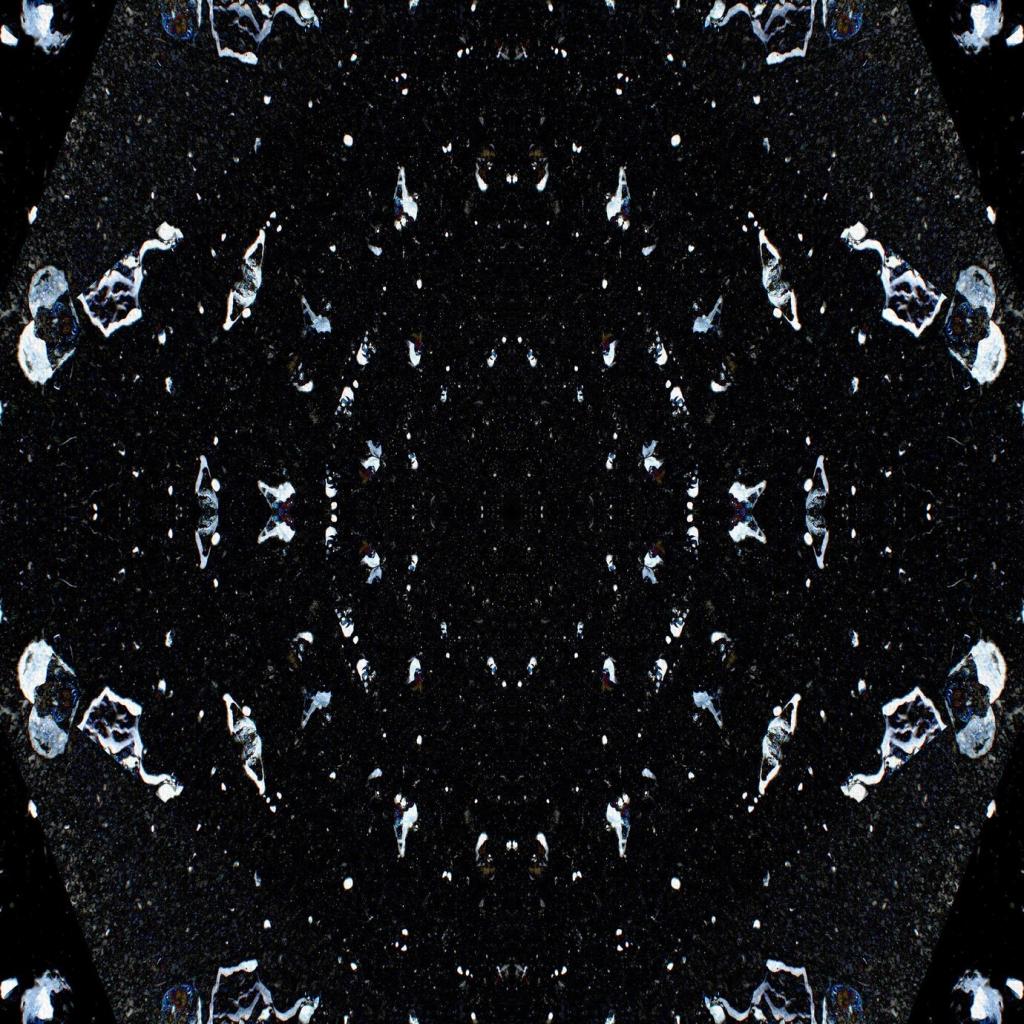
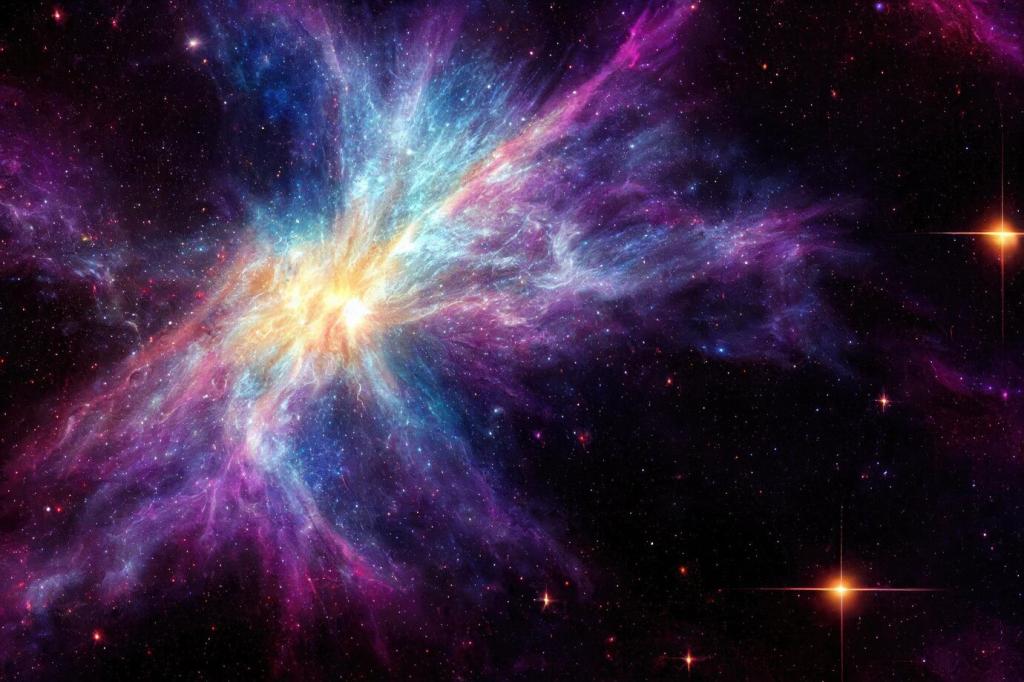
Gravity and Visual Hierarchy
Mass Equals Visual Weight
Combine size, contrast, saturation, and density to simulate mass that draws attention. Heavy headlines attract first glance like gas giants, while small, faint satellites hold supportive details. Publish your hierarchy map, and invite peers to suggest refinements that respect both focus and flow.
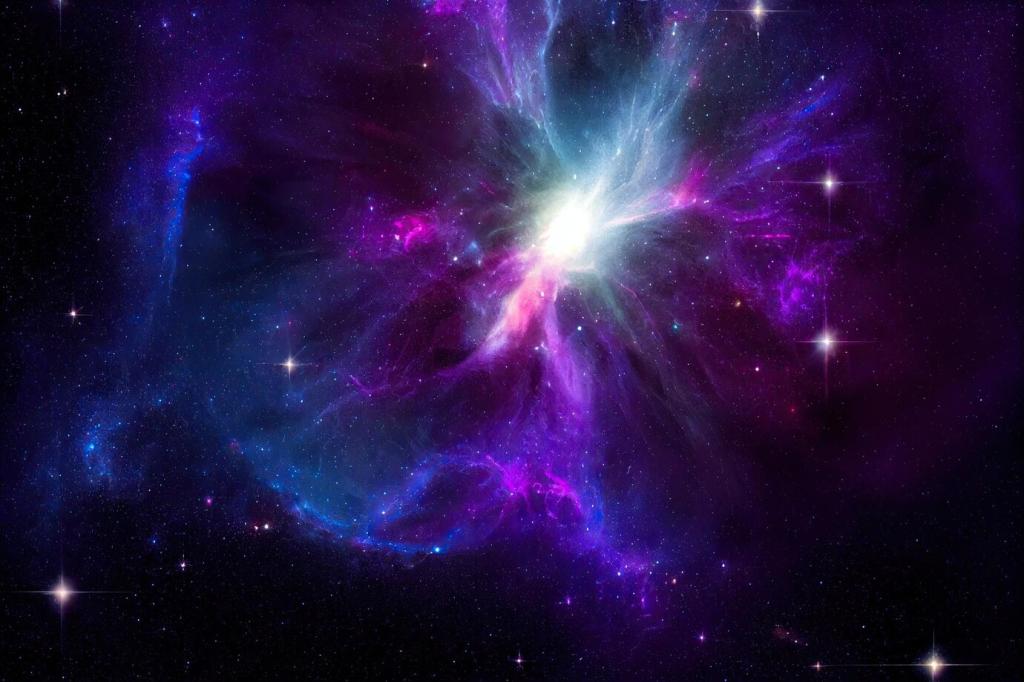
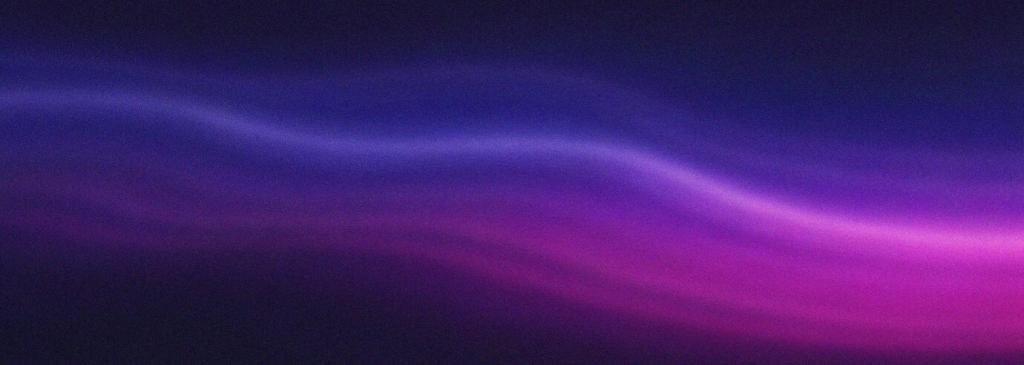
Gravitational Lensing as Emphasis
Mimic lensing by subtly warping background elements around a focal point, increasing prominence without aggressive color changes. This gentle distortion guides eyes naturally. Share a short case study, and ask whether users noticed emphasis unconsciously or preferred a more traditional highlight treatment.
Regolith Grain and Micro-Bump Mapping
Use fine noise layers to simulate lunar dust and Martian regolith, adding credible tooth without overcomplicating the surface. Pair with soft shadowing for depth. Post your texture settings, and ask readers which densities maintain elegance while still conveying planetary authenticity.
Icy Reflectance and Subsurface Scattering
Europa-like ice glows from within; emulate it with subtle subsurface gradients and gentle specular highlights. The result feels crisp, pure, and hopeful. Share your lighting values, and invite subscribers to test readability against various backgrounds and accessibility preferences.
Jovian Bands and Procedural Noise
Craft flowing bands influenced by Jupiter’s storms using procedural noise and layered opacity. Directional blur suggests wind shear and dynamism. Upload a snippet of your process, and ask which blending modes preserve detail while keeping interfaces calm and professional.
Celestial Motion and Microinteractions
Orbital Hover and Focus States
Let icons drift slightly along tiny arcs on hover, suggesting stable orbit rather than jittery randomness. Users sense continuity and purpose. Record a quick screen capture, and ask our community if the arcs assist focus or need tighter radii to feel intentional.
Eclipse-Inspired Loaders
Create loaders where a dark disk glides across a bright circle, revealing progress with a corona glow. It is informative yet poetic. Share your timing curves, and invite feedback on balancing beauty with clear percentage communication across slow networks.
Atmospheric Parallax and Layered Depth
Stack layers like atmospheric shells, moving distant stars slower than foreground elements to imply vastness. Keep motion gentle to preserve comfort. Post your parallax thresholds, and ask whether readers prefer motion reduced settings or contextual toggles inside accessibility controls.
Typographic Journeys Through Space
Blend a geometric sans with subtle humanist strokes to suggest aerospace engineering tempered by warmth. Test x-height for small screens and cockpit-like conditions. Upload your type scales, and ask the community which pairings feel mission-ready yet friendly for everyday reading.
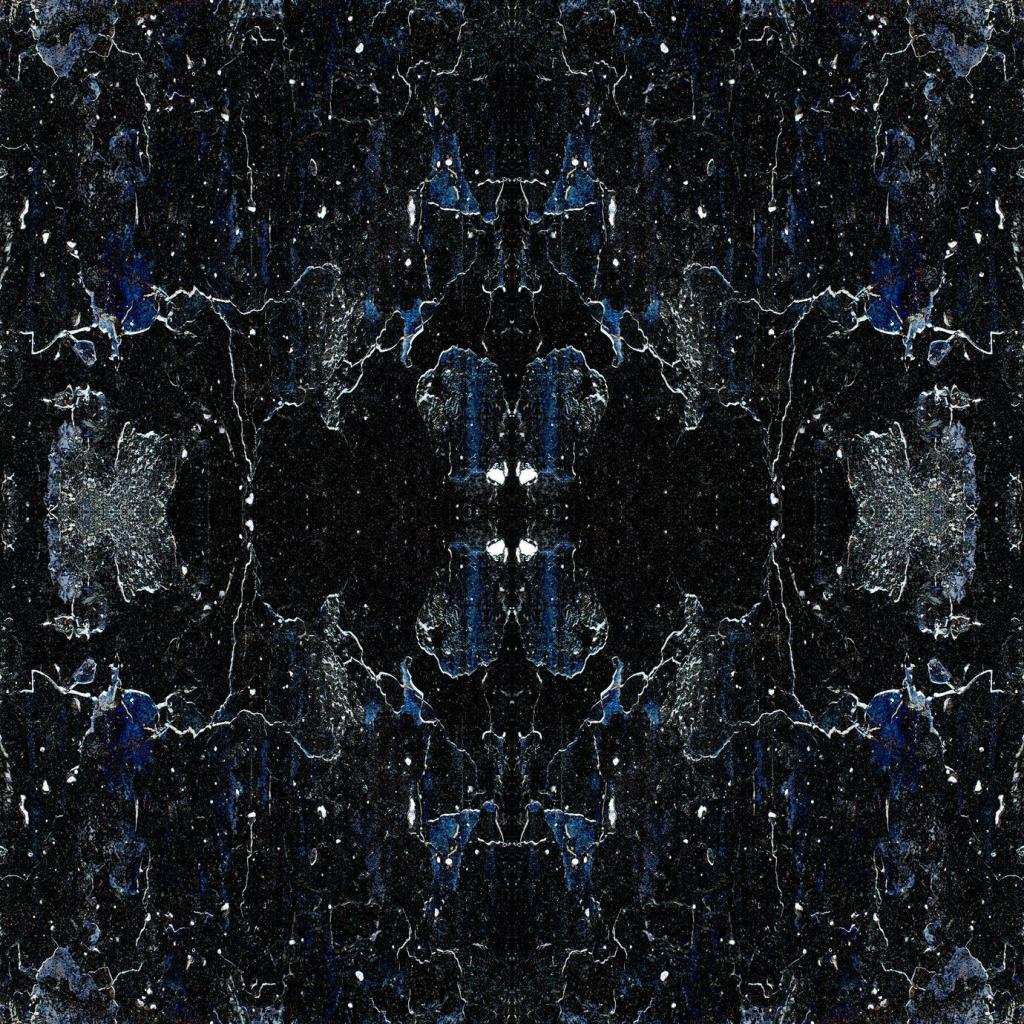
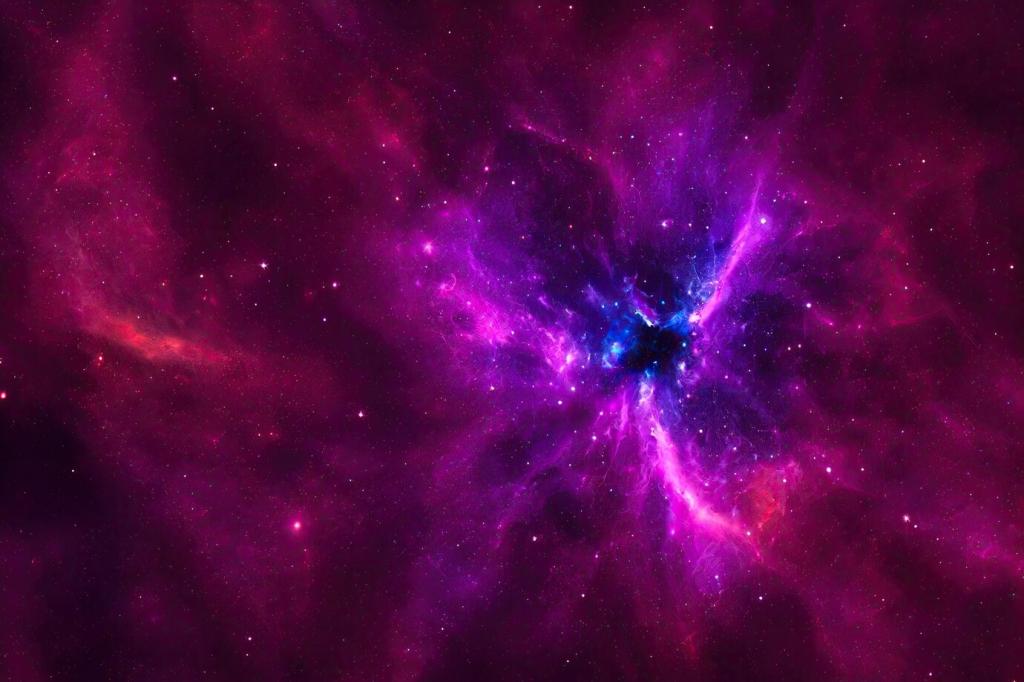
Frame the first-run experience like countdown, ignition, and stage separation. Milestones reduce anxiety and celebrate progress. Post your onboarding script, and invite feedback on which beats feel inspiring versus overwhelming for first-time explorers navigating unfamiliar tools.
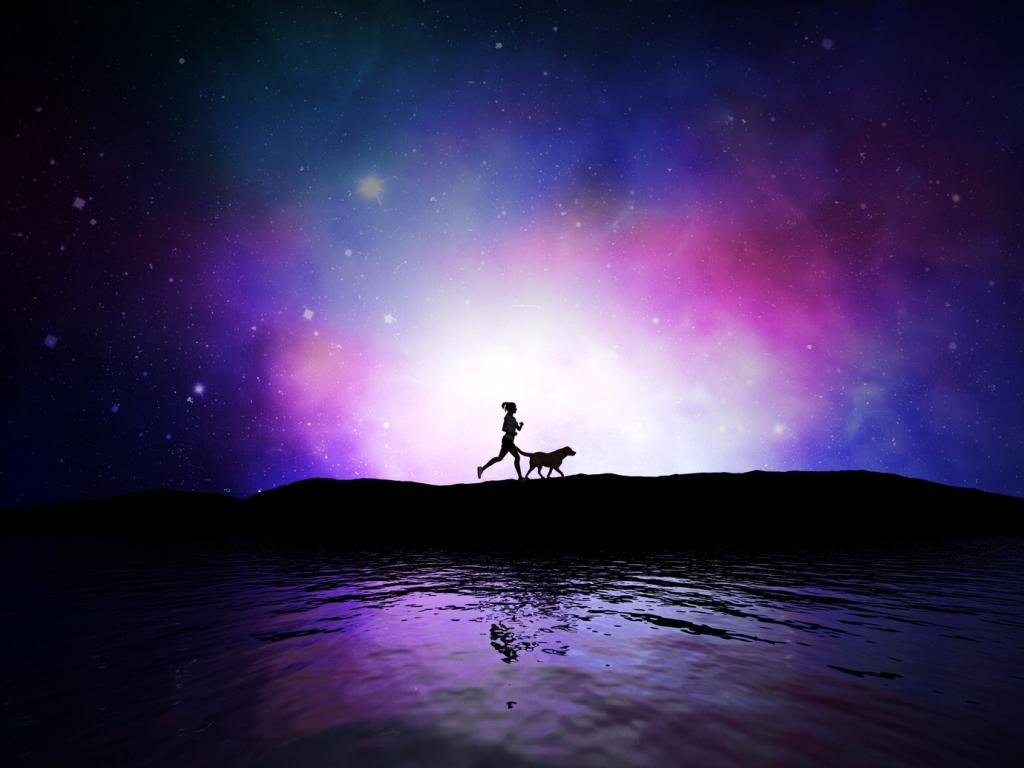
Structure complex tasks as trajectory legs, with clear fuel checks, course corrections, and safe harbors. Users perceive purpose and momentum. Share your task flow diagram, and ask whether icons and labels convey distance, difficulty, and rewards with satisfying clarity.
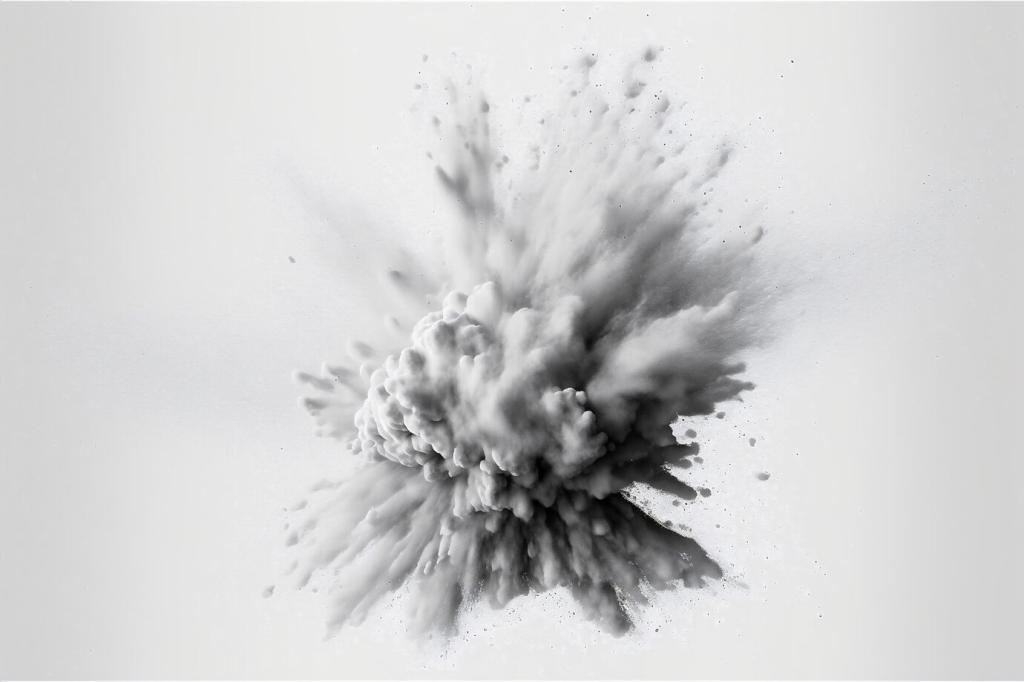
Hide subtle discoveries—micro-illustrations, ambient sounds, or rewarding tips—like moons tucked in planetary shadows. Delight encourages exploration. Post a teaser image, and invite subscribers to guess locations, turning discovery into a playful, community-powered scavenger hunt.
